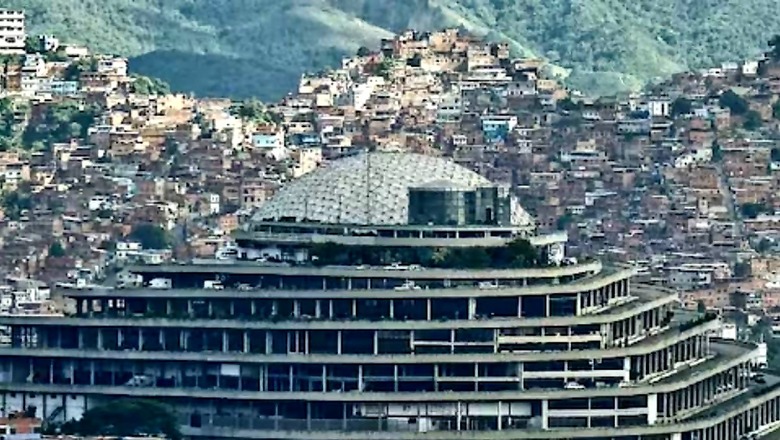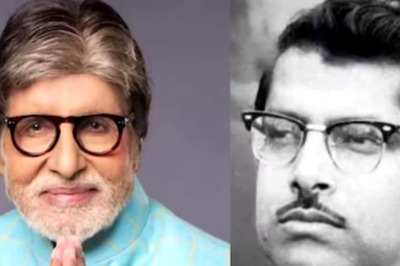
views
The massive concrete spiral known as El Helicoide in central Caracas is possibly the most devastating physical emblem of Venezuela’s downfall, marked by its authoritarian turn, the crushing of opposition, and the impending possibility of default and economic calamity. Once envisioned as the most spectacular monument to contemporary capitalism in South America, El Helicoide is now the most infamous prison in Venezuela. Many protestors, including students and activists, have been placed in the cells of El Helicoide, which was originally designed to be a flagship shopping mall for Venezuela.
Constructed between 1956 and 1961, El Helicoide had the distinction of being the largest and most advanced mall in the Americas. Its remarkable features were showcased in MoMA’s 1961 Roads exhibition and featured prominently in international magazines. The Brutalist-style edifice, costing $10 million (Rs 82 crore), was intended to showcase the nation’s developing oil and mineral industries, as well as serve as a centre for business and entertainment.
The building, consisting of two overlapping spirals with 2.5 miles of vehicular ramps, was intended to house 300 premium stores, eight cinemas, a heliport, and a hotel, all accessible via specially designed Austrian lifts. It was designed to be the world’s first drive-thru shopping mall, with a 2.5-mile-long spiral ramp allowing cars direct access to stores. The project was initiated by architects Prodro Neuberger, Dirkbornhorst, and Jorge Romero Gutiérrez during the regime of Venezuelan dictator President Marcos Pérez Jiménez.
When Pérez Jiménez’s dictatorship ended, funding ceased for which, construction saw a halt in 1961 as the new administration showed little interest. In 1975, the property became government-owned due to bankruptcy. Left vacant, it became a hub for illegal activities, including flesh trade and drug trafficking, until the 1980s when anti-social elements were removed. In 1984, the Venezuelan Intelligence Police established their headquarters there. Initially used for criminal detention and torture, the building was later transformed into a jail, housing various types of criminals and equipped with surveillance cameras. El Helicoide is now notorious for multiple allegations of human rights violations by NGOs and activists.

















Comments
0 comment